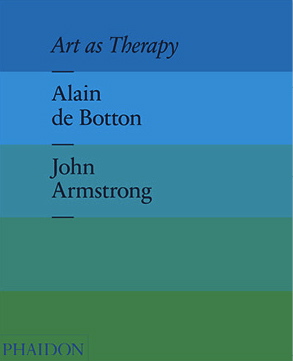
Image from Ph.D. Comics
A true fact about the thesis stage of an advanced degree: Whatever the academic field, whether writing a fifty page bachelor’s or master’s thesis or 250 plus page doctoral dissertation, at some point, you will need to winnow your argument down to an abstract summary of a couple succinct paragraphs. Then, one inevitably finds—when riding elevators with colleagues and mentors, talking to relatives over holiday dinners, justifying one’s existence to friends and acquaintances—that the whole damned thing needs to somehow reduce to one intelligible sentence or two. It’s all anyone has the patience for, honestly, and it saves you the trouble of trying to reconstruct complex arguments for people who won’t understand or care about them and who generally only asked out of politeness anyway.
But how, how, to cram years of research, agony, turmoil, crushing failure and soaring epiphany into bite-sized conversational nuggets without gross oversimplification to the point of tautological absurdity? Can it even be done?! The blog “lol my thesis,” started last year by a Harvard senior studying Human Developmental and Regenerative Biology, suggests that it can, but not without hilarious results. Part of an exploding genre of academic parody (and procrastination) sites, lol my thesis proudly ventures forth in its mission of “summing up years of work in one sentence” with open submissions from current students. Many of the submissions are from the sciences, and many from undergraduate theses, but a fair number also come from humanities and post-graduate studies. Take, for example, the following submission from an MFA Creative Nonfiction student at Emerson College, which directly addresses the intended audience:
“A collection of nonfiction essays, which means they’re written about real people and events, mom. Remember all those times you accused me of not listening to the things you said?”
A passive aggressive example that most of us who’ve been through the process can relate to at some level. Another one that hits home is this, from a Vassar Political Science major, who discovers too late that the argument doesn’t work: “Oops: Turns out self-published poetry didn’t actually affect Indian politics but I’m 60 pages in, so.”
The submissions from the sciences do not disappoint. For example, from a University of Maryland student of Biological Sciences: “We spent thousands of government dollars to create a mouse model for a disease only 32 people in the world have.” And a Science Writing student at M.I.T. gives us this particularly impressive example of brevity: “Wolves + humans, the ultimate frenemies.” Not to be outdone, a Stem Cell Biology student at Harvard offers a grimly terse confessional: “I have killed so many fish.”
The submissions are anonymous, but some good sports have chosen to include links to their theses, endearingly hoping that someone besides their advisor will actually want to read them. Most of the submissions, however, simply combine two qualities every advanced student knows all too well: a well-earned feeling of futility and the mordant wit required to keep going anyway.
More witty summaries can be found at lol my thesis.
Related Contents:
The Illustrated Guide to a Ph.D.
Graduate School Barbie: A New Gift Idea for The Demoralized Grad Student in Your Life
The Ph.D. Grind: Philip J. Guo’s Free Memoir Offers An Insider’s Look at Doctoral Study
Josh Jones is a writer and musician based in Durham, NC. Follow him at @jdmagness





